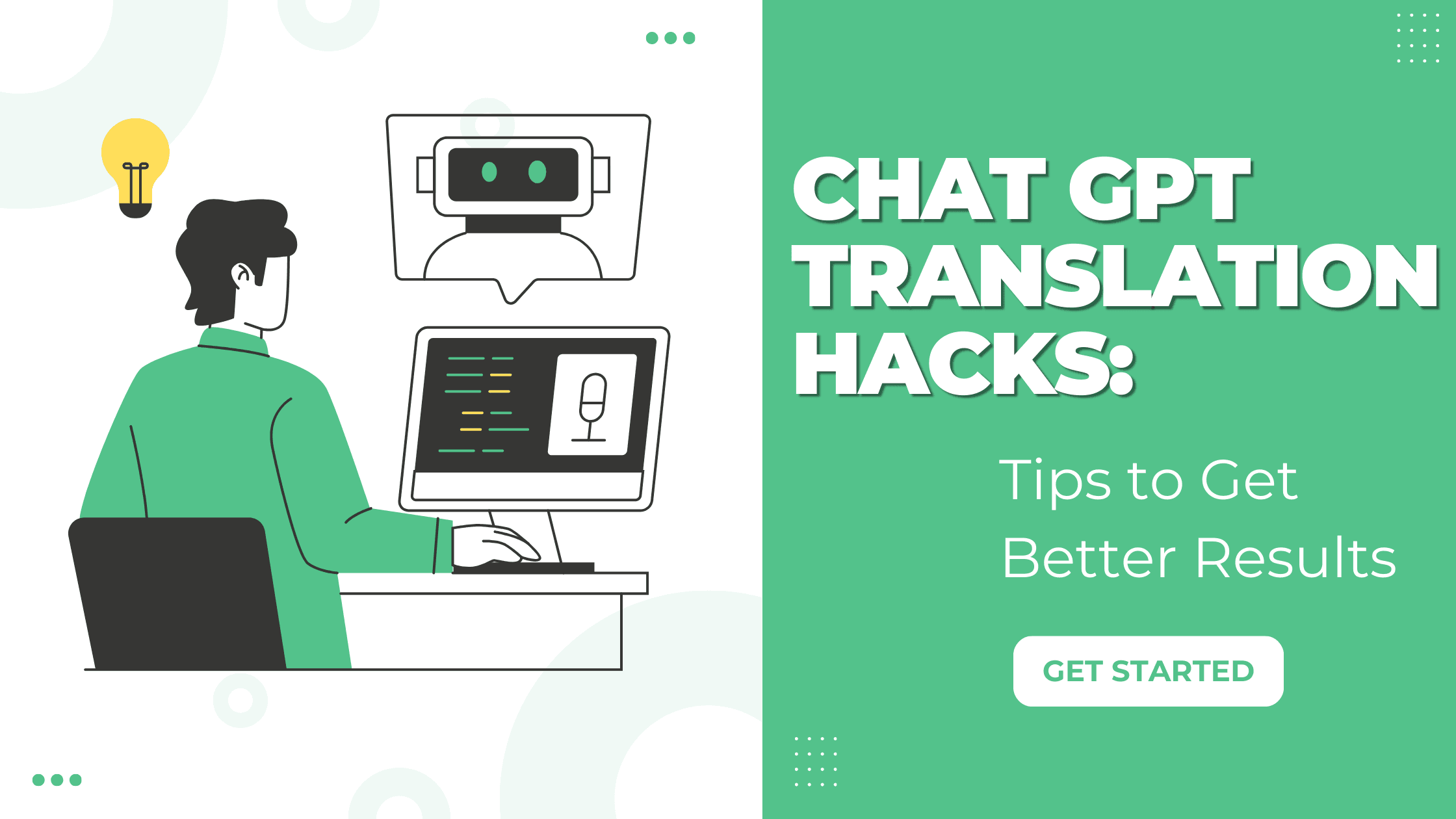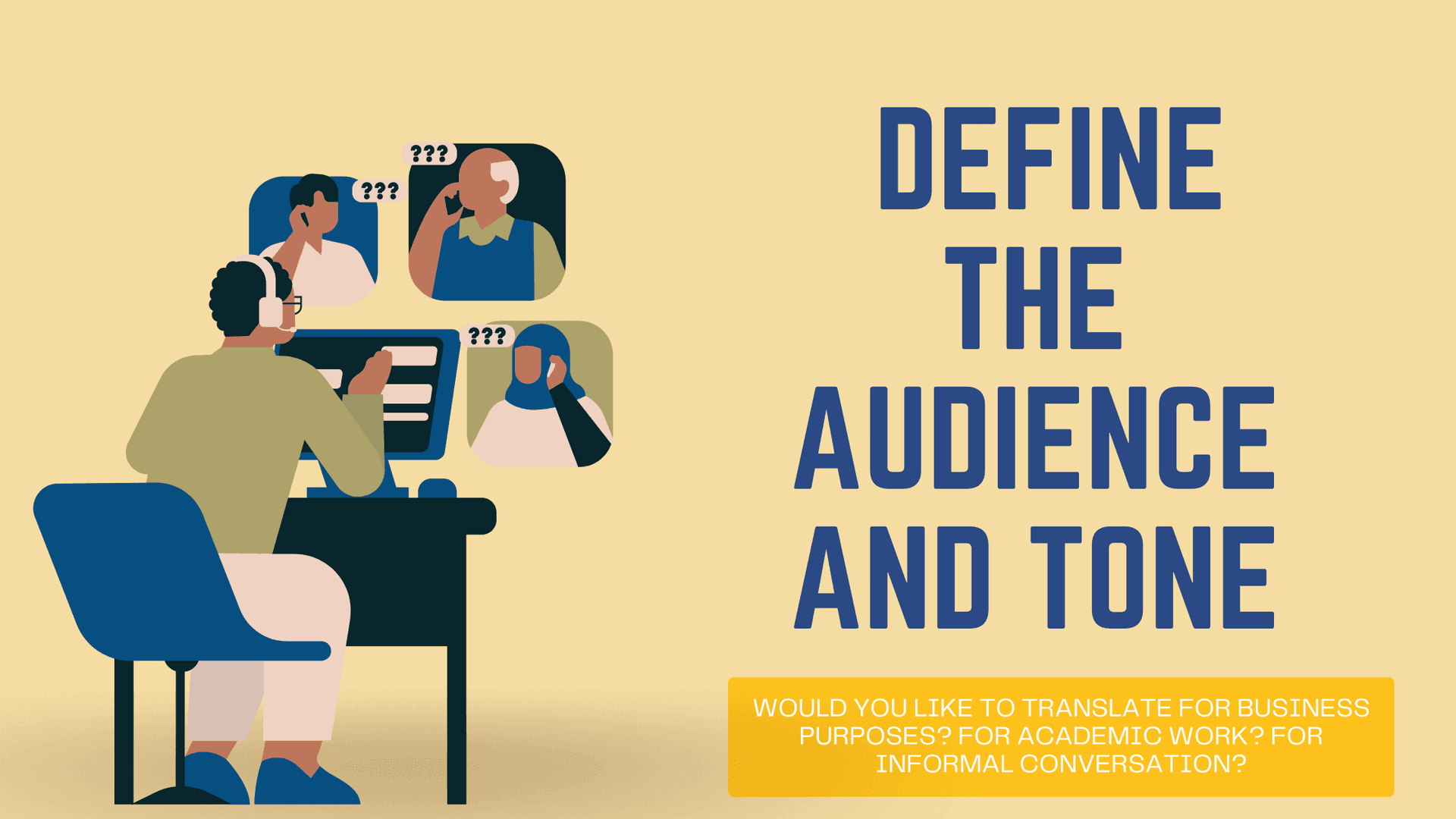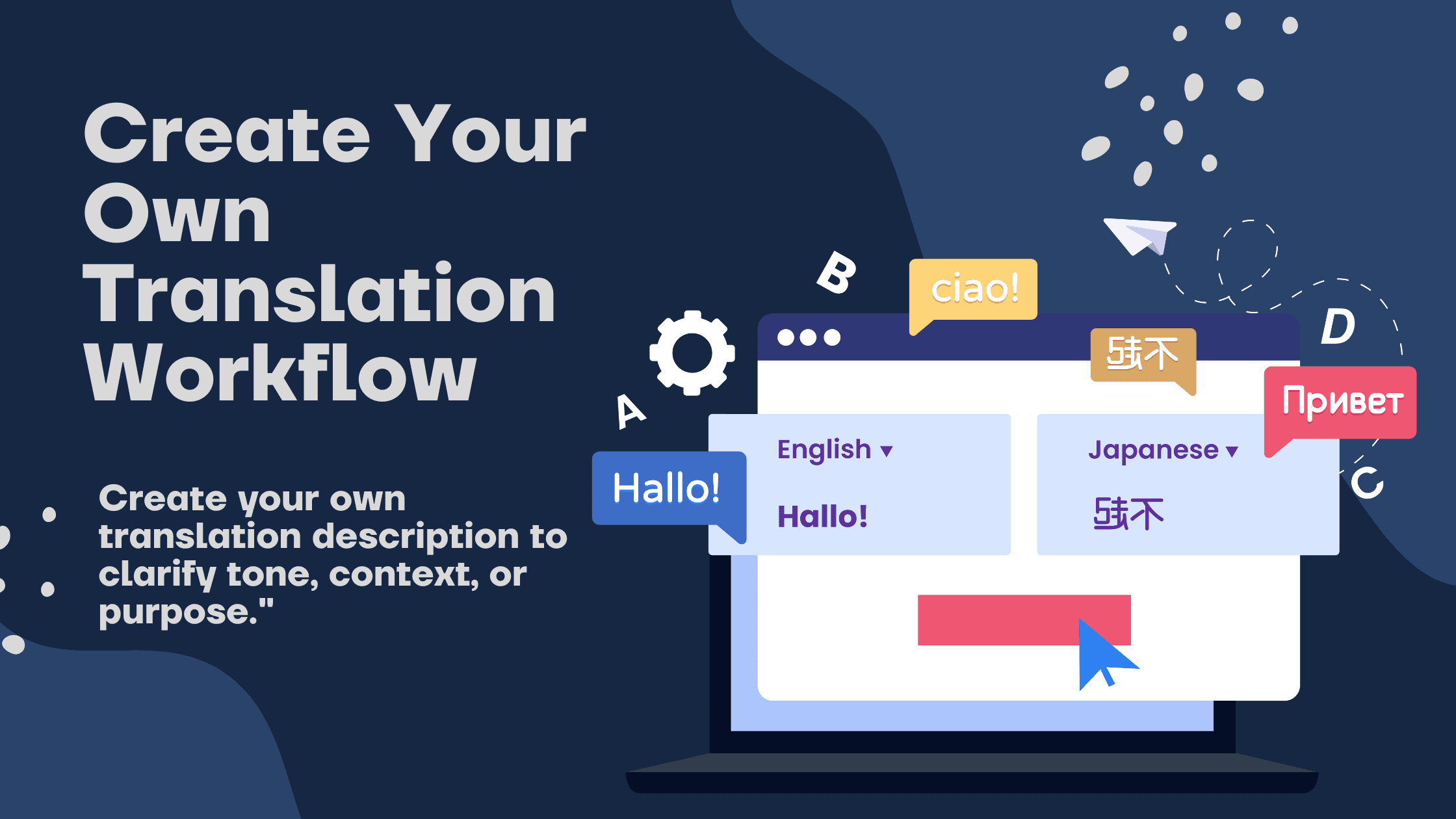With the world increasingly interconnected, language can never stand in the way of communicating. Whether you're an entrepreneur wanting to cater to global customers, an educator utilizing multilingual resources, or a creator wanting to build your audience, translation tools become unavoidable. Of all such tools, Chat GPT translate features are among the most popular for millions now. Owing to the development in artificial intelligence, particularly in the area of natural language processing, translation tools such as GPT translators have transformed the way we work in language translation. Great as they might be, however, it still takes some expertise to derive high quality and accurate outputs from AI translators. In the following blog, we will discuss actionable advice and smart hacks for getting the best translation quality using ChatGPT. At the end, not only will you learn how to use GPT translate features better, but you will also learn how to get the best value of the translation using ChatGPT in various contexts.

As we begin the hacks, it is important to note why many find the use of ChatGPT translation preferable to other usual translators such as Google Translate or DeepL. As opposed to rule-based translators, ChatGPT applies translation in the light of context, so the meaning is maintained even in complicated sentences.
Multi-language Support: It supports translation from widely spoken languages such as English and Spanish, as well as less popular languages such as Slovak and Finnish. It doesn't only translate, it adjusts the style and tone, making the translated words sound natural.
Editable prompts: You can edit and interact with the model, varying the translation style in the process. With that as our foundation, we can dive into the actual value—hacks and tips that elevate your translate GPT experience from elementary to extraordinary.
It may seem straightforward, but too many users forego defining the source and target languages explicitly. Rather than typing "Translate this,"
Try:
Please translate the following English paragraph into German in formal language.
By explicitly defining your intent, you minimize ambiguity and enable the GPT translator to provide more accurate outputs.
Would you like to translate for business purposes? For academic work? For informal conversation?
Here’s an example:
"ChatGPT translate the following for an email for work with a French-speaking colleague."
This amount of detail allows for the AI to adjust word usage and sentence composition in response. Otherwise, ChatGPT translation may resort to neutral tones, which would be out of place in some environments.

Should the accuracy of the translation be in doubt, ask ChatGPT to make a parallel comparison. “Translate the following in English into Japanese. Then display both versions in parallel.” This is especially convenient in case you need to proofread your work before delivering it. It lets you double-check things easily without having to copy text back and forth between devices.
One such underrated tool is back-translation—returning the result into the source language in order to maintain consistency in meanings. Traduce este de Inglés a Español, y después de nuevo de Español al Inglés. This pinpoints the finer issues, such as lost subtlety and misinterpretations, especially when editing legal and technical copy.
Long, complicated sentences may confuse the best AI, too. If you're not seeing excellent returns, try dividing the text.
Instead of:
“Translate this 800-word article to Russian.”
Try:
“Translate the following paragraph into Russian,” and repeat for each paragraph. Smaller units result in better contextualized and manageable outputs, particularly with the function of Chat GPT translation.
Localization isn't merely translating words, it is translating meanings. Unless it is prompted, AI won't always get it. "Translate the following phrase into Chinese and make it suitable for business culture." Contextualizing helps enable ChatGPT to translate better culturally, allowing for smoother native speaker conversations.
Words and phrases having ambiguous meanings can be problems. If you recognize them in your source document, put in clarifiers.
Ele percebeu que ela cantava
(In the following, "ave" is being used as the noun, translating into "bird") Without these notes, the best GPT translator would possibly misinterpret the sentence.
For multi-page, multi-paragraph writings, consistency in language is essential. Use system directions at the start:
"Vertaal het gehele document in het Nederlands in een consistente bedrijfswoorden"
You can also include industry-specific terminology:
Traduzca con el léxico médico correspondiente para el informe This assists the translation in keeping the language formal and clear throughout.

If your domain employs distinctive jargon and preferred phrasing for important words, provide those in advance. “Use ‘経営者’ for ‘entrepreneur’ when translating the following text into Japanese, rather than other terminology.” This ensures that the GPT translation aligns with your business or personal style.
We prefer to maintain formatting. We would use fewer markdown cues. Here is the translation:
News and Events What is Crowdfunding?
Definition and Scope:
It is not the name of a... This translates files for the ChatGPT service without altering their formatting—ideal for résumés, reports, and well-formatted postings.
Sometimes, there is not just a single cue. First prompt: “Briefly summarize the following paragraph.” Second request: "Traduissez désormais le résumé en français." It reduces complexity and avoids translation error in dense, jargon-based writings.
There are third-party software that incorporate the translation function of ChatGPT into them. Such software may include, for example, document upload, batch translation, etc. When dealing with Word files and PDFs, translate the text into those platforms in order to utilise your GPT translate hacks in an efficient manner.
Even with the best translation, it remains worth having AI proofread it. “Verify the following French translation for grammar and syntax.” ChatGPT is very proficient at checking its own outputs. This meta-use of the GPT translation system saves time and improves quality.
Not sure what style you prefer?
“Translate this sentence into Italian in both formal and informal tone.” Or even:
"Kindly proceed and give the paragraph for styling variations." This provides you with creative flexibility—a unique strength of ChatGPT Translate that few rigid tools can offer.

Idioms and slang will not translate very well. Replace them if your source employs them. There is no idiom in the sentence, hence there is nothing to replace. This clarity prevents errors that could otherwise embarrass the recipient.
When the source language is uncertain, use ChatGPT to determine it: Recognize the language in the following text and translate it into English. The language is French.
Detect:
The Champenois became rapidly the leading winegrower among the Bagaudians. It is particularly convenient in the case of multilingual publications or webpage copy.
Whether you're translating blog entries or marketing copy, SEO is important.
“Übersetze diesen Artikel ins Deutsche und optimiere für Suchbegriffe mit dem Begriff ‘nachhaltige Mode.’”
Pairing ChatGPT translation with keyword strategies increases the reach of your content worldwide.
Here is the rewritten text in script form:
PROSE WITH DIALOGUE
Akira:
"I'm glad we're doing it for you, Lisa."
Lou:
"I want the best." It maintains clarity and avoids confusion in multiple speaker material.
While the translation abilities in ChatGPT are impressive, human oversight remains the best for important documents. Use ChatGPT to get 90% of the work done and then have a native speaker fine-tune the results.
Finally, create a tailor-made workflow that includes:
The first translation with Chat GPT translate. Back-translation for accuracy. Style/grammar check. Final proofread. This procedure ensures that your translate GPT outputs adhere to professional standards.

The ChatGPT translator is an extremely versatile tool—but, like any tool, its power hinges on how it is used. Using these handy hacks, you’ll be able to exercise greater control over the result, increase the accuracy, and generate translations that sound natural in any language. So, next time you work on translating GPT, never resort to default outputs. Apply these advanced strategies in order to release the full potential of the translation in ChatGPT and open the gates for genuine global interaction. And the point is that it is not about translating words, but also about translating meanings, tones, and nuances. It is where the real magic in translating with ChatGPT happens.